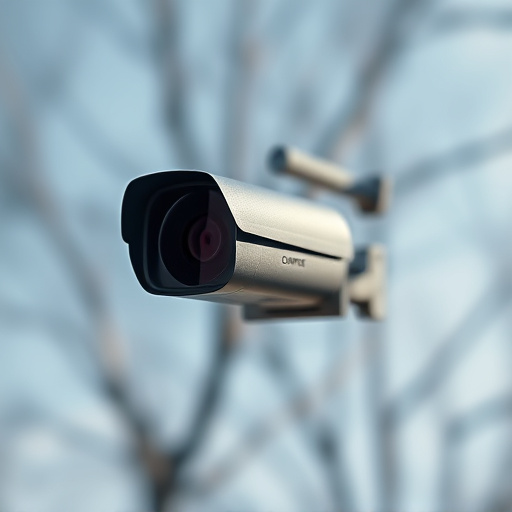Mini surveillance cameras, integrating seamlessly into apartment environments as discreetly as light sockets or fire detectors, offer enhanced security and privacy. Strategically placing them in common areas like hallways, entry points, and near valuable items deters intruders and provides crucial evidence in case of theft or damage. With features like motion detection, night vision, and remote access via smartphone apps, these compact devices revolutionize home monitoring. However, understanding local laws regarding privacy rights and obtaining explicit consent from residents is paramount to avoid legal consequences.
Uncovering hidden monitoring devices in your apartment is a growing concern in today’s digital age. This comprehensive guide explores the ins and outs of detecting mini surveillance cameras, commonly used in apartments, and provides essential tips on prevention. We’ll delve into various techniques, from signal detectors and EMF meters to visual inspection methods, empowering you to protect your privacy. Additionally, learn about legal considerations and best practices for strategic camera placement to safeguard your living space.
- Understanding Mini Surveillance Cameras and Their Placement
- – Types of mini surveillance cameras commonly used in apartments
- – Legal considerations for installing hidden monitoring devices
Understanding Mini Surveillance Cameras and Their Placement
Mini surveillance cameras, often referred to as hidden or covert cameras, are a discreet way to monitor activities in apartments and other spaces. These compact devices can be easily placed in various locations, making them an attractive option for those seeking to enhance security and privacy. Understanding their unique features and strategic placement is key to effective use.
When it comes to Mini Surveillance Cameras for Apartments, discretion is the primary goal. They are designed to blend into their surroundings, whether it’s a small pinhole camera disguised as a light socket or a motion-activated device that looks like a fire detector. Placement should consider common areas like hallways, entry points, and windows, where potential intruders might be expected. Additionally, strategic positioning near valuable items or sensitive areas can provide valuable evidence in case of theft or damage.
– Types of mini surveillance cameras commonly used in apartments
In today’s digital age, privacy concerns have led many apartment dwellers to turn to mini surveillance cameras as a means of safeguarding their spaces. These tiny yet powerful devices come in various forms, each designed to fit discreetly within homes. From small, magnetic cameras that can be attached to walls or ceilings to hidden cameras disguised as everyday items like power outlets or smoke detectors, there’s an option for every preference and concern level.
Mini Surveillance Cameras for Apartments offer a range of features like motion detection, night vision capabilities, and remote access through smartphone apps. Their compact size allows them to be placed in hard-to-reach areas, making it difficult for potential intruders to spot them. This advanced technology is revolutionizing home security, ensuring that residents have peace of mind knowing they can monitor their apartments from anywhere at any time.
– Legal considerations for installing hidden monitoring devices
When considering the installation of hidden monitoring devices, such as mini surveillance cameras for apartments, it’s crucial to understand the legal landscape surrounding this practice. Different regions have distinct laws and regulations regarding privacy rights, consent, and the use of covert surveillance equipment. Owners or managers looking to install these devices should consult local legislation to ensure compliance. For instance, many jurisdictions require explicit consent from all residents, especially in shared living spaces, before implementing any form of hidden monitoring. Non-compliance can lead to severe legal repercussions, including fines and potential civil lawsuits.
Moreover, the type of information that can be legally gathered and the circumstances under which it can be used are tightly controlled. It’s essential to have a clear understanding of these rules to protect both the rights of the property owners and those living within the premises. For mini surveillance cameras in apartments, focusing on common areas like lobbies or entry points is generally more acceptable than invading personal spaces without proper authorization. Always err on the side of caution and seek legal counsel if there’s any doubt about the legality of your monitoring practices.
While mini surveillance cameras can offer peace of mind for apartment residents, it’s crucial to remember that their installation must adhere to legal boundaries. Understanding the types of these hidden monitoring devices and their strategic placement is essential, but always ensure compliance with local laws regarding privacy and consent. By doing so, you can maintain a safe living environment without compromising on personal freedoms.
